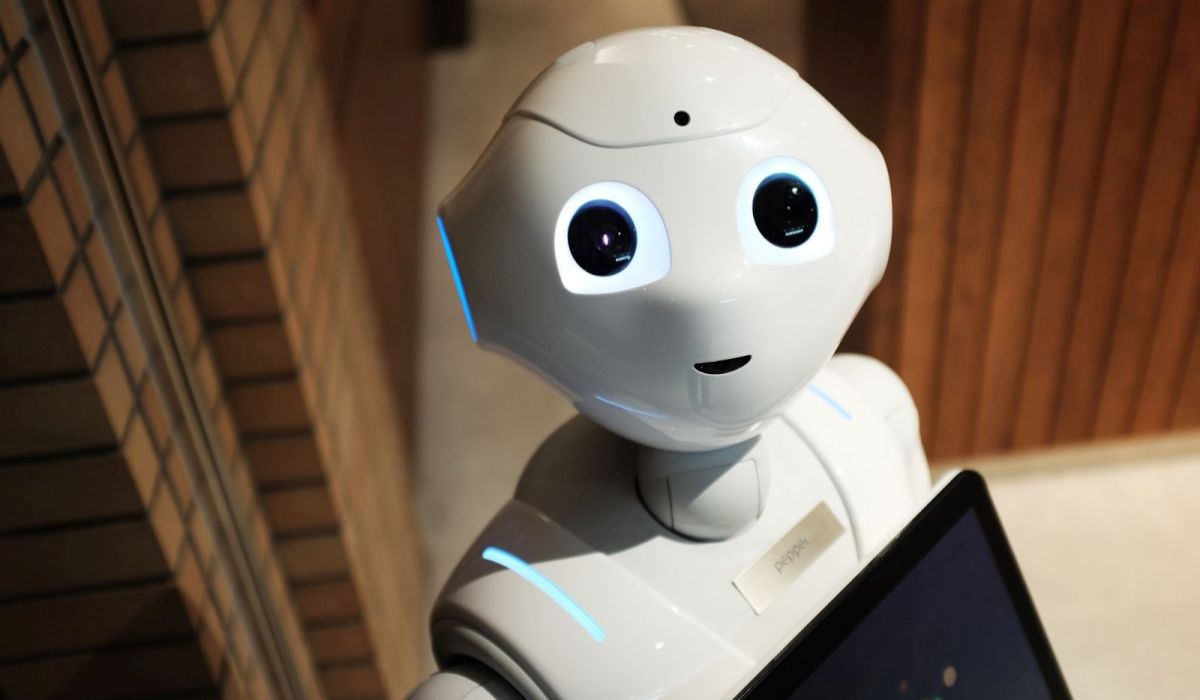We often think of artificial intelligence (AI) as computational intelligence that mimics the human mind. However, this characteristic is not true for all AI systems, as different types of AI have distinct characteristics. Two main categories in AI are “strong AI” and “weak AI”, which represent different types of machine intelligence.
Now, let’s examine the basic differences between strong AI and weak AI and examine the current state of AI technology.
What is weak AI?
Weak AI, also known as narrow AI, refers to AI applications designed to automate tasks that require specific cognitive skills. This category of AI uses machine learning models for specific tasks such as object recognition, chatbot interactions, personal voice assistants, auto-correction systems and Google search algorithms, among others.
You may be wondering why this category of AI is called “weak” AI. The term “weak” can mistakenly imply that these AI applications are lacking in some way. However, it is important to realize that the rapid progress in AI and its wide impact in various industries is largely due to the narrow nature of machine intelligence. The “weak” label indicates that these apps focus on a specific or narrow cognitive function.
Poor AI applications
Some of the AI tools that will take the world by storm in 2022 and 2023 are ChatGPT, Midjourney, Gentle Distribution, DAL-E, and Bard. The fact that many professions are using the application widely has also sparked debates. The potential for AI to replace humans has left many of us wondering, “Can ChatGPT replace me?”
However, it should be noted that these amazing tools are still classified as examples of “weak AI” in practice.
Let’s explore seven common applications of weak AI:
- Email Spam Filters: Features designed to identify and redirect spam to the spam folder.
- Chatbots: Tools that use natural language processing (NLP) to communicate with people are another example of weak AI.
- AI Artists: Computer-generated art using AI can transform natural language instructions into images and fall under the narrow umbrella of AI.
- Intelligent voice assistants: Siri, Cortana, Alexa and others can perform many tasks on your behalf by responding to voice commands.
- Social Media Algorithms: The recommendations on platforms like Twitter, Instagram, Facebook, or Spotify are all powered by weak AI algorithms.
- Self driving Self-driving features in vehicles are another application of weak AI.
- health care: AI applications in healthcare, such as medical diagnostic systems that can diagnose diseases with minimal human intervention, serve as further examples of weak AI in action.
Despite the term “weak AI,” it clearly has many real-world applications that we are using right now.
Weak AI limitations
A major reason for the limitations of AI today is its focus on automating certain tasks for humans. For example, ChatGPT and Google Bard are developed as large language models (LLMs). They are specifically programmed to create text-based content. Similarly, Midjourney and Stable Diffusion are text-to-image generators limited to this particular function.
Let’s explore some limitations and disadvantages of weak AI:
- Limited capabilities due to function-based models.
- Narrow AI applications are highly data-driven, requiring large data sets to learn and perform certain tasks.
- By extension, the use of large data sets can create privacy and data processing issues.
- Weak AI often relies on human intervention to perform tasks, which can introduce human bias into the process.
- These applications may be exposed to cyber threats and vulnerabilities.
However, despite these limitations, tools like ChatGPT have effectively become essential in the short time they’ve been available to the public.
What is strong AI or AGI?
In contrast to weak AI, there is strong AI, also known as Artificial General Intelligence (AGI). This I.I.I.O.O.O.O.O.O.O.O.O.O.O.O.O.O.O.O.O.O. .O.O.O.I.E.N. Strong AI aims to create machines that can perform any intellectual task a human can do, not necessarily as a human.
Unlike weak AI, strong AI does not rely on specific programming models to perform narrow tasks. Instead, it has the capacity to handle a whole range of tasks, mimicking the functions of the human mind. AGI has the ability to enable technological systems to evolve over time and adapt to changes in the environment.
It will be a strong AI that can lead to singularity. However, it should be noted that strong AI is still a distant goal, as most work in this field remains largely theoretical. The concept of strong AI itself often draws inspiration from science fiction movies and novels.
Strong AI applications
Since the development of robust AI has yet to be completed, it is virtually impossible to achieve in realistic, real-world situations, leaving much of the talk about its use and development purely theoretical. However, here are five expected applications where strong AI can be used.
- emotional intelligence and thought process; Understanding human emotions and thought processes can be incorporated into AGI systems, such as healthcare, education, and customer service-oriented industries.
- Decision making: Machines equipped with strong AI may have the ability to make autonomous decisions based on reasoning.
- Evolution: Strong AI systems allow machines to better adapt to their environment and adapt themselves.
- Consciousness: Self-awareness and cognitive decision-making capabilities can be achieved with strong AI systems.
- artificial creation; Strong AI can unlock artificial creativity, allowing machines to generate new ideas without human guidance.
Despite the theoretical nature of AGI, it is clear that it has enormous potential.
Limitations of strong AI
Strong AI or AGI has the potential to revolutionize our society. However, several considerations and challenges must be addressed when implementing such systems.
- Because of the complexity, strong AI requires a large amount of data and high computational power for training.
- Ethical issues arise from the uncertainty surrounding the behavior of robust AI in real-world situations (e.g. AGI systems may make decisions harmful to humans).
- AGI systems rely on human data, which can lead to human-caused bias.
- Safety and responsibility for strong AI actions (eg deciding who should be held accountable when things go wrong).
Given AGI’s global transformative potential, extensive regulation must be done before such a product is released to the public. Generative AI was hard enough to master, and AGI raises those issues to another level.
Differences between strong and weak AI
There are several significant differences between strong and weak AI in terms of their goals, learning methods, and problem-solving approaches. Let’s examine these differences.
Purpose
A significant difference between the two artificial intelligence systems lies in their objectives. Weak AI systems are primarily designed to automate specific processes and perform well-defined tasks, thereby increasing efficiency in various fields.
On the other hand, strong AI systems, albeit hypothetical, aim to mimic the workings of the human brain. These systems may have self-awareness, consciousness, and analytical capabilities that allow them to perform many of the same general tasks as humans.
Learning method
Narrow AI and AGI systems also differ in their learning methods. Narrow AI relies on limited data sets to learn patterns and perform repetitive tasks. Typically, poor AI processes data by classifying it according to predetermined criteria.
In contrast, AGI systems require large amounts of data to perform general tasks that mimic the cognitive processes of the human brain. Therefore, AGIs use data clustering and linking techniques to process and analyze data.
Approach to problem solving
Poor AI systems are specifically designed for repetitive tasks that require close examination of data sets and pattern recognition. This allows the system to provide reliable predictions and results.
In contrast, strong AI takes a problem-solving approach focused on tackling more complex and creative tasks. It is based on extensive data sets and is constantly updated to adapt to new situations and challenges.
The current state of AI technology
Today, our daily tasks are largely automated by narrow or weak AI. However, these systems lack the cognitive abilities and analytical thinking that come naturally to the human mind. Consequently, researchers and developers are currently focusing on expanding AI to include more human-like computational systems.
Artificial General Intelligence (AGI) will be more sophisticated than its weaker AI counterparts. However, AGI is still in the early stages of development and has a long way to go before it becomes a reality.
[ad_2]


